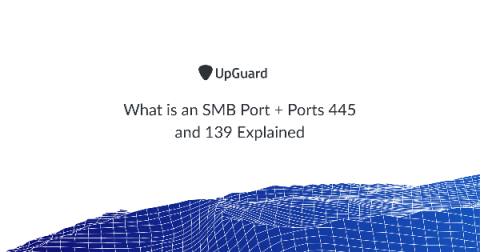Security | Threat Detection | Cyberattacks | DevSecOps | Compliance
Latest News
VPNs and Zero Trust: Thoughts on the Evolving Nature of Remote Access
Organizations of all sizes are currently under siege by adversaries with unlimited time and enough technical skill to exploit the cracks in our information systems and networks. All organizations have something to protect, whether large or small, and they are always looking for new technology to help against these adversaries. Zero Trust has become the latest framework to solve all of our security woes.
What Is the Cyber Kill Chain and How to Use It Effectively
You're probably familiar with the defense-in-depth or castle and moat approach to cybersecurity. It remains a common model that organizations use to think through their information security. However, as organizations have matured they have sought out new models to enable them to better understand how cyber attackers operate and how best to defend against them.
Importance of Operational Data in Incident Context
Network/Security Operations Center (NOC/SOC) engineers and service desk personnel are tasked to process numerous incidents as quickly as possible. However, to resolve an incident they are required to to perform various activities including collecting various operations data including metrics, logs, traces and more from different tools. In many cases, the process also involves coordinating with other IT personnel or creating a war room to bring the incident to closure.
How to protect your crown Jewels while working remotely
Authentication Header in Network Security
Ensuring authentication is one of the pillars in cyber security. That is why authentication header is one of the crucial practices. In this article, we will explain what authentication header is and how it can be useful for your organization. Almost every cyber security and/or information security expert knows about the famous CIA triad: Confidentiality, Integrity and Availability. These three consist the pillars of data security.
Your return-to-the-office cybersecurity checklist
The novel COVID-19 pandemic has changed the way organizations work. The sudden transition to remote work has forced organizations to look for temporary fixes to bridge the gap, leaving their endpoints exposed to an unprecedented threat landscape. Insecure internet connections, a lack of perimeter security, and the inability to implement effective security policies have made remote endpoints a breeding ground for threat actors.
Threat hunting explained
The process of threat hunting involves proactively searching for malware or attackers that are hiding within a network. Rather than simply relying on security solutions or services to detect threats, threat hunting is a predictive element to a layered security strategy, empowering organizations to go on the offensive looking for threats.
What is an SMB Port + Ports 445 and 139 Explained
The Server Message Block Protocol (SMB Protocol) is a client-server communication protocol used for sharing access to files, printers, serial ports, and data on a network. It can also carry transaction protocols for authenticated inter-process communication. In short, the SMB protocol is a way for computers to talk to each other. SMB works through a client-server approach, where a client makes specific requests and the server responds accordingly. This is known as a response-request protocol.
Contact Tracing: De-mystifying How an App Designed to Track People Can Ensure User Privacy and Security
Many governments in many countries around the world recognise that contact tracing plays a very important part to reduce the spread of the deadly disease, COVID-19. In this article, we take a look at the conventional method of contact tracking and comparing it against how technology helps contact tracing and its pro’s and con’s.











